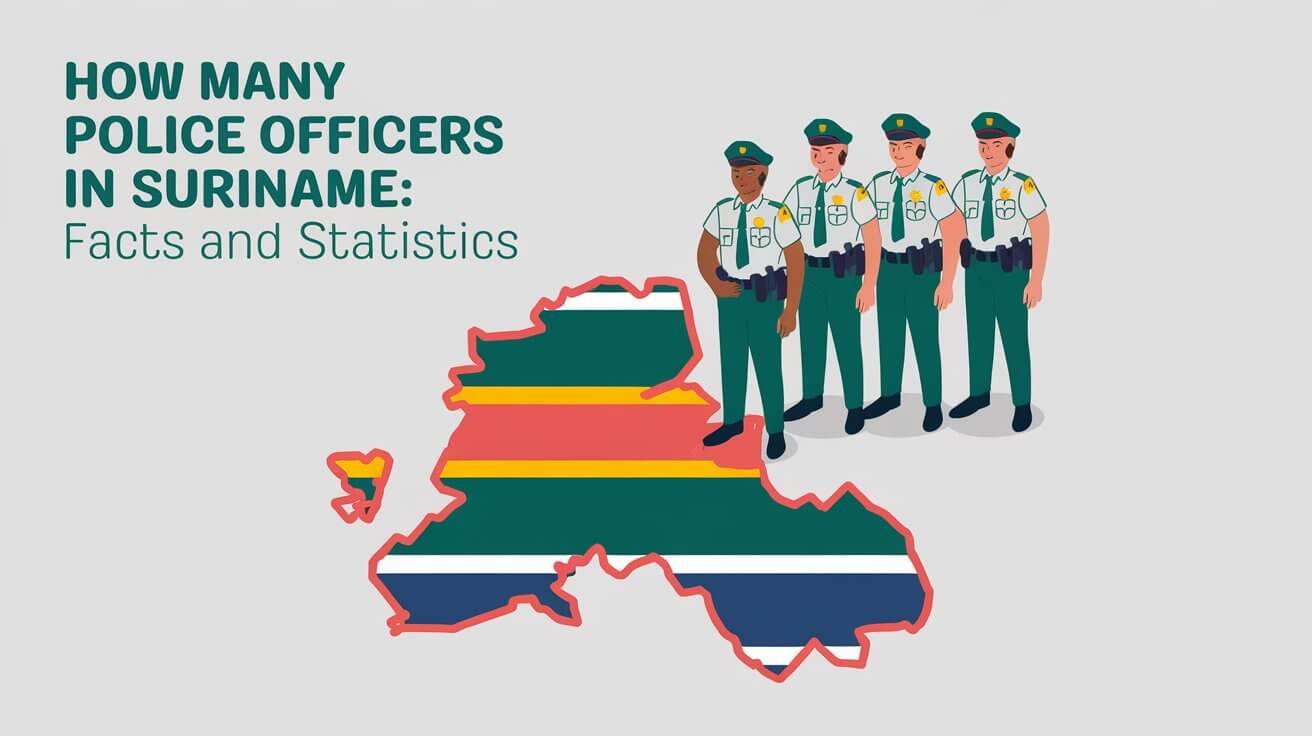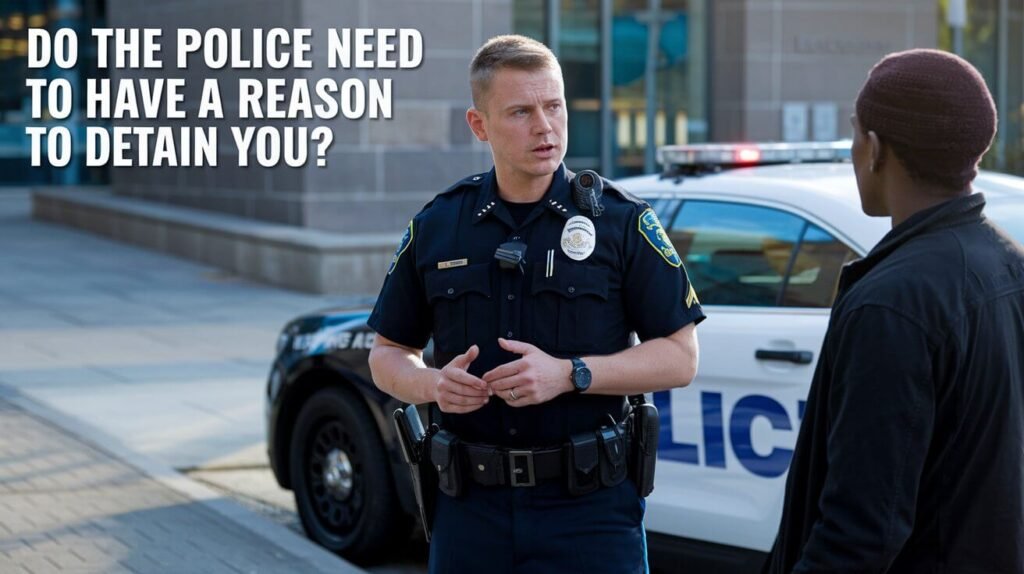Ever wondered why people call the police "12"? Well, buckle up, because we’re diving deep into this intriguing topic. It’s not just a random number; there’s a rich history behind it that you might find fascinating. Let’s uncover the truth together and explore the origins of why the police are called 12.
If you’ve spent any time watching cop shows or hanging out with law enforcement enthusiasts, chances are you’ve heard someone refer to the police as "12." But what does it mean? Is it a secret code, a historical reference, or just a quirky nickname? In this article, we’ll break it all down for you so you can impress your friends at the next trivia night.
This isn’t just about numbers; it’s about understanding the culture and language of law enforcement. Whether you’re a curious civilian or someone who wants to know more about the world of policing, you’re in the right place. So, let’s get started!
Read also:Dara Tomlin And Bill Hemmer A Comprehensive Look At Their Careers And Impact
Table of Contents
- The History Behind the Number 12
- The Role of Popular Culture in Shaping the Term
- How Law Enforcement Uses the Number 12
- Busting Common Myths About the Term
- Statistics on Police Communication Codes
- Practical Use of the Term in Real Life
- The International Impact of Police Codes
- Legal Implications of Police Codes
- The Number 12 in Modern Times
- Final Thoughts on Why the Police Are Called 12
The History Behind the Number 12
Let’s rewind to the early days of policing. Back in the day, communication wasn’t as advanced as it is now. Cops relied on hand signals, whistles, and eventually radios to stay connected. Enter the "10-codes," a system developed in the 1930s to simplify radio communication. These codes were designed to convey complex messages in just a few words.
Now here’s the kicker: the number 12 wasn’t originally part of the 10-codes. But over time, it became a slang term used by officers to refer to themselves. How did this happen? Well, some historians believe it was a play on the phrase "12 o’clock," symbolizing authority and order. Others argue it stemmed from old radio codes where "12" meant "officer on duty."
Whatever the origin, one thing’s for sure: the term stuck. It became a shorthand way for cops to identify themselves without giving away too much information over the airwaves. And as with many things in law enforcement, the slang spread like wildfire.
Why Did the Number 12 Gain Popularity?
There are a few reasons why the number 12 resonated with officers:
- Convenience: It’s short, sweet, and easy to remember.
- Secrecy: Using numbers instead of plain language helped protect sensitive information.
- Tradition: Once a term becomes part of the culture, it’s hard to shake it off.
The Role of Popular Culture in Shaping the Term
Pop culture has played a huge role in cementing the term "12" in our collective consciousness. Movies, TV shows, and even music have all contributed to its widespread use. Think about it: how many times have you heard a cop say, "This is 12" in a dramatic scene?
Shows like "Cops" and "Law & Order" often feature officers using the term, making it seem like an insider’s code. And let’s not forget the music world—artists like N.W.A. and Ice Cube have referenced "12" in their lyrics, adding a layer of street credibility to the term.
Read also:How Old Is Nba Youngboy In 2025 Unveiling The Rising Stars Age Life And Legacy
But here’s the thing: while pop culture has popularized the term, it’s important to remember that it’s not just a fictional construct. Real-life officers still use it today, proving that the line between reality and entertainment isn’t always so clear.
How Media Influences Public Perception
Media can shape how we view the world, and the term "12" is no exception. When we see it used in movies or hear it in songs, it reinforces the idea that it’s a legitimate part of police culture. But sometimes, this portrayal can be misleading.
For example, TV shows might exaggerate the use of codes to create tension or drama. In reality, officers often rely on plain language to ensure clarity during critical situations. So while "12" might sound cool on screen, it’s not always the go-to term in real-life policing.
How Law Enforcement Uses the Number 12
In the world of law enforcement, the number 12 serves as both a nickname and a code. Officers might use it to refer to themselves or their colleagues, especially in informal settings. It’s like a secret handshake among cops—a way to bond over shared experiences and traditions.
But it’s not all fun and games. The number 12 also has practical applications. For example, it can be used in radio communications to identify an officer’s location or status. In some departments, "12" might mean "officer on scene" or "requesting backup." These codes help streamline communication and reduce confusion during emergencies.
Of course, every department has its own set of rules and procedures. What works in one city might not fly in another. That’s why it’s important for officers to stay up-to-date with local protocols and adapt as needed.
Examples of How the Term is Used
Here are a few examples of how the term "12" might be used in real-life situations:
- Radio Call: "This is 12, requesting backup at 5th and Main."
- Informal Conversation: "Hey, 12, did you catch that suspect?"
- Training Scenario: "Remember, 12 always checks in before entering a hot zone."
Busting Common Myths About the Term
Like any good mystery, the term "12" has sparked its fair share of myths and misconceptions. Some people think it refers to a specific law or regulation, while others believe it’s a reference to the zodiac sign Leo (which is associated with authority). Let’s set the record straight and debunk some of these myths.
Myth #1: "The number 12 comes from the Bible." While the Bible does feature the number 12 in various contexts (think the 12 apostles), there’s no direct link between religious texts and police terminology. Sorry, conspiracy theorists!
Myth #2: "Only cops can use the term '12.'" Not true! While it’s mostly associated with law enforcement, anyone can use the term in conversation. Just don’t expect officers to respond if you’re not one of them!
Myth #3: "The term '12' is outdated and no longer used." Wrong again! While some departments have moved away from using codes altogether, many still embrace the tradition. It’s all about context and preference.
Why Myths Persist
Myths often arise when people don’t have access to accurate information. In the case of "12," the lack of transparency around police codes can fuel speculation and misunderstanding. That’s why it’s important to do your research and separate fact from fiction.
Statistics on Police Communication Codes
Numbers don’t lie, and when it comes to police communication codes, the stats are fascinating. According to a survey conducted by the National Law Enforcement Museum, over 70% of departments still use some form of code system. And guess what? The number 12 remains one of the most popular terms in use today.
But here’s where things get interesting: younger officers are increasingly favoring plain language over codes. Why? Because it reduces the risk of miscommunication and ensures clarity in high-pressure situations. This shift reflects a broader trend toward transparency and accountability in law enforcement.
Still, the legacy of the number 12 lives on. Whether it’s used in formal or informal settings, it continues to be a symbol of the profession.
Key Statistics to Know
- 70%: Departments that still use codes.
- 50%: Officers who prefer plain language over codes.
- 90%: People who have heard of the term "12."
Practical Use of the Term in Real Life
Now that we’ve covered the history and mythology behind the term "12," let’s talk about how it’s used in everyday life. Whether you’re a civilian or a law enforcement professional, understanding this term can come in handy.
For starters, knowing what "12" means can help you interpret police radio chatter. If you ever find yourself in a situation where officers are communicating over the radio, you’ll have a better idea of what’s going on. Plus, it’s always fun to drop a little knowledge at parties, right?
On a more serious note, understanding police terminology can improve public safety. When citizens are informed, they’re better equipped to respond appropriately in emergencies. It’s all about building trust and fostering collaboration between communities and law enforcement.
How You Can Use This Knowledge
Here are a few practical tips for using your newfound knowledge:
- Stay Informed: Keep up with local news and updates on police procedures.
- Engage with Your Community: Attend town hall meetings or join neighborhood watch groups.
- Respect Authority: Remember that officers are trained professionals who deserve respect.
The International Impact of Police Codes
While the term "12" is most commonly associated with American law enforcement, its influence extends far beyond U.S. borders. In countries like Canada and Australia, similar codes are used to streamline communication and improve efficiency.
However, there are some key differences. For example, British police don’t use the same system as their American counterparts. Instead, they rely on a set of alphanumeric codes that serve a similar purpose. It’s a fascinating example of how different cultures approach the same challenge in unique ways.
Despite these differences, the underlying goal remains the same: to ensure clear and effective communication in high-stakes situations. As globalization continues to connect us, it’s likely we’ll see more cross-cultural exchanges in the world of policing.
Global Perspectives on Police Codes
Here’s a quick look at how other countries handle police codes:
- Canada: Uses a mix of 10-codes and plain language.
- Australia: Relies heavily on alphanumeric codes.
- UK: Focuses on clarity and simplicity in communication.
Legal Implications of Police Codes
When it comes to law enforcement, clarity is key. Miscommunication can lead to serious consequences, including legal challenges and public backlash. That’s why it’s crucial for officers to use codes responsibly and ethically.
In recent years, there’s been a push toward greater transparency in policing. Some departments have even eliminated codes altogether in favor of plain language. While this approach has its pros and cons, it reflects a growing awareness of the importance of accountability.
Ultimately, the use of codes like "12" must balance tradition with modern needs. As society evolves, so too must the tools and techniques used by law enforcement.
What the Future Holds
The future of police codes is uncertain, but one thing’s for sure: technology will play a major role. Advances in communication systems and data analytics are already transforming the way officers interact with each other and the public. Will the term "12" survive in this new era? Only time will tell.
The Number 12 in Modern Times
In today’s world, the number 12 continues to hold significance for law enforcement professionals. While its usage may vary depending on location and department, it remains a powerful symbol of the profession. For many officers, it


